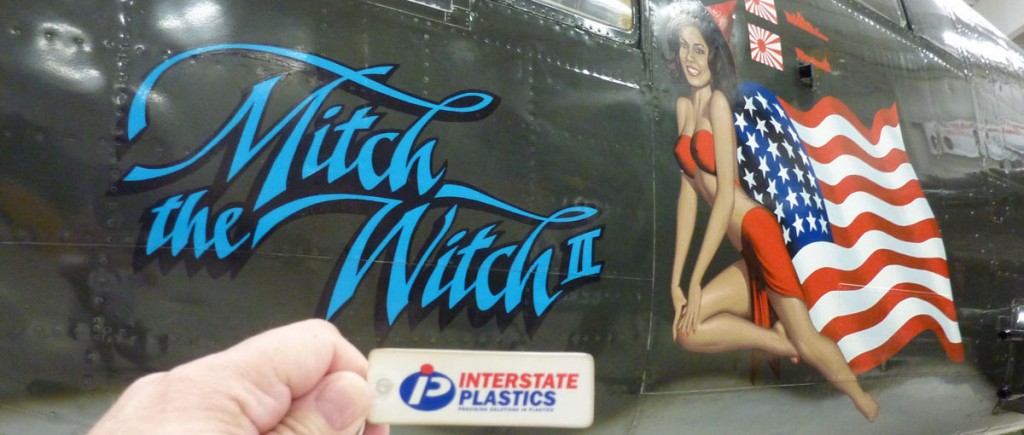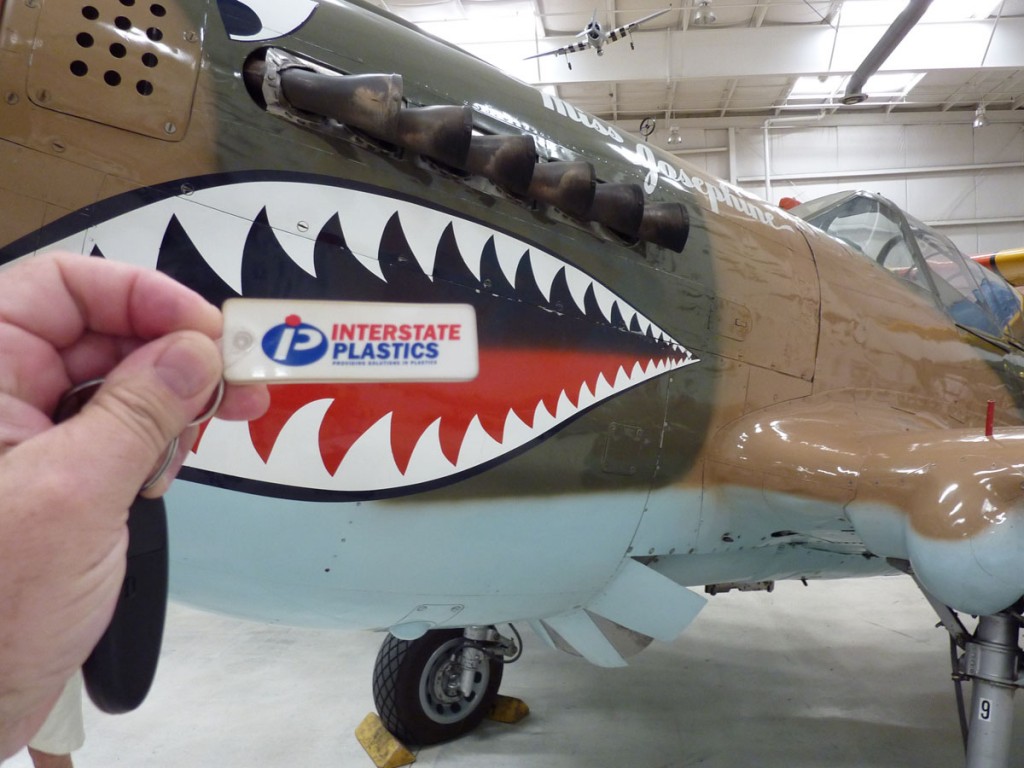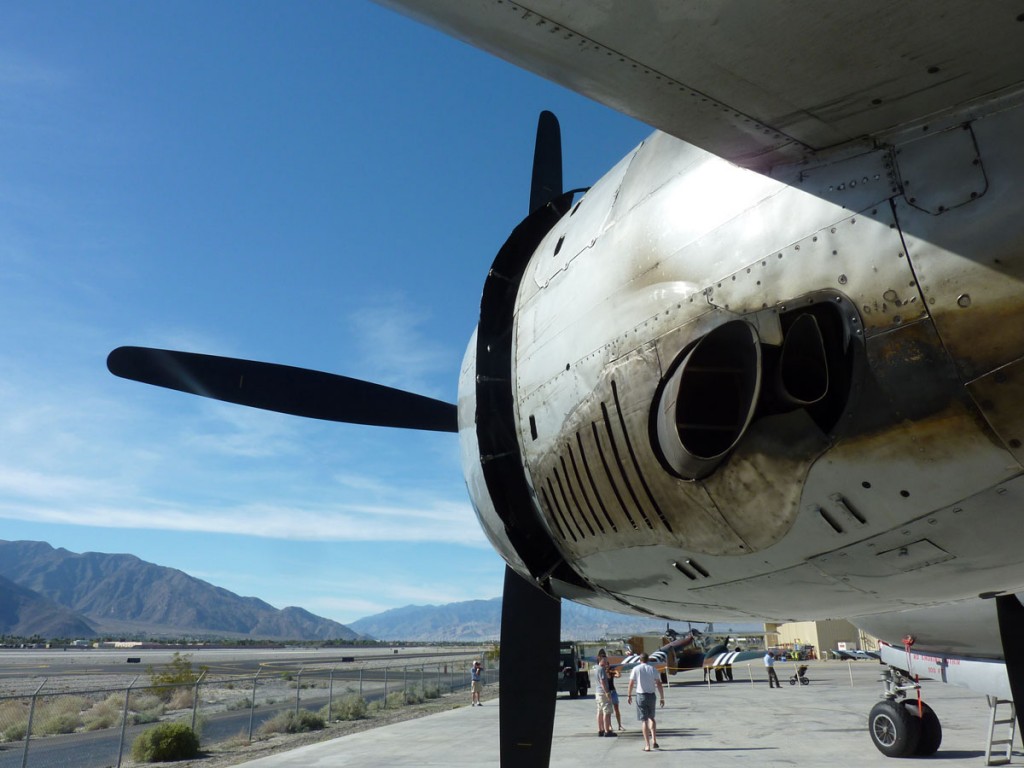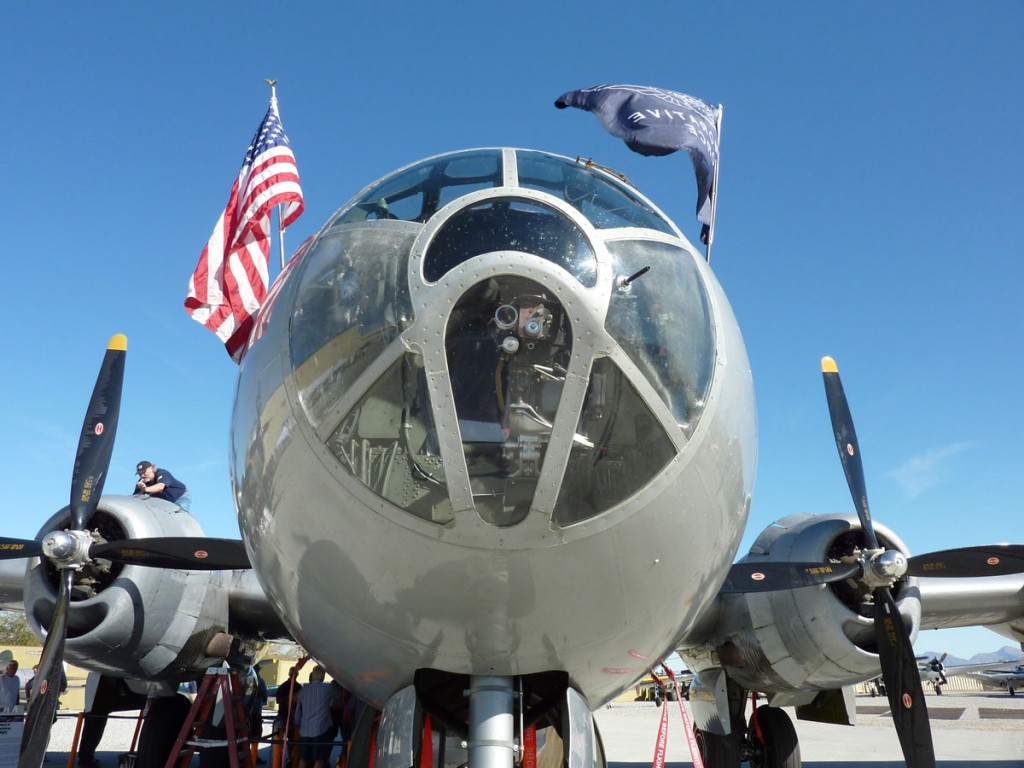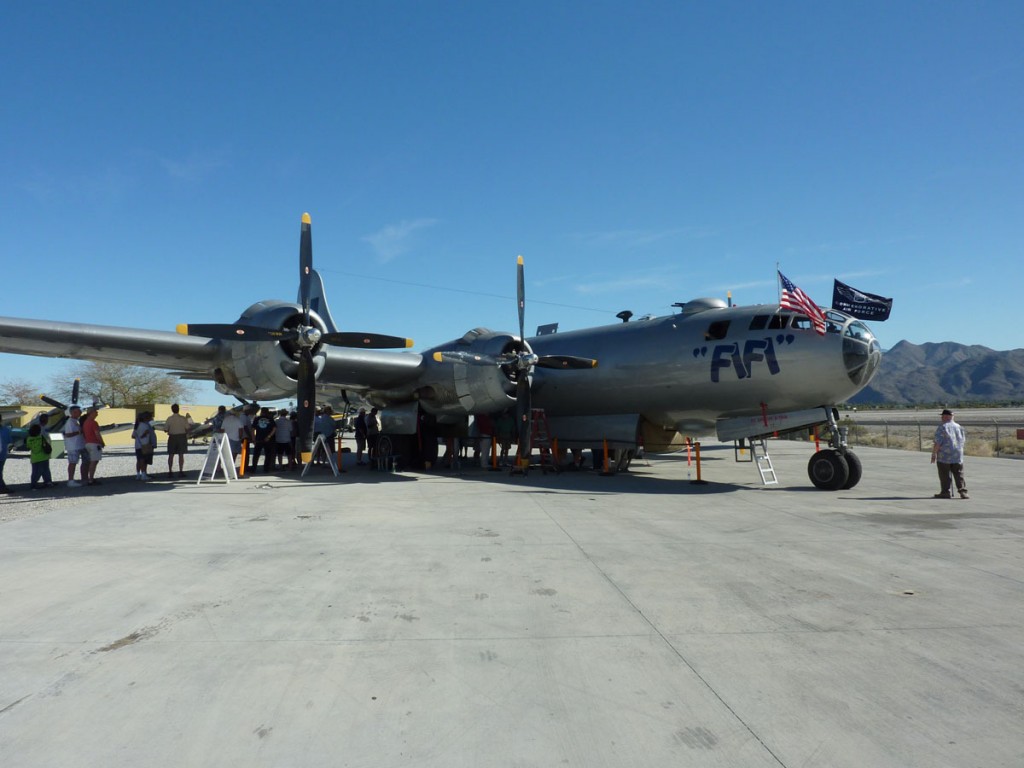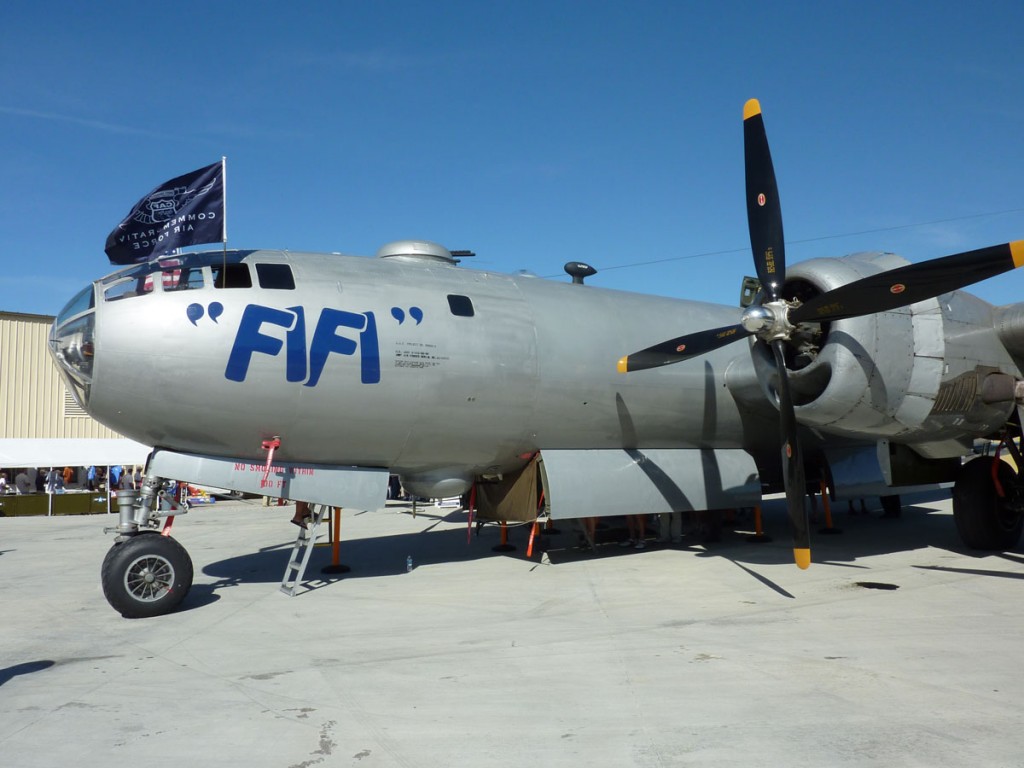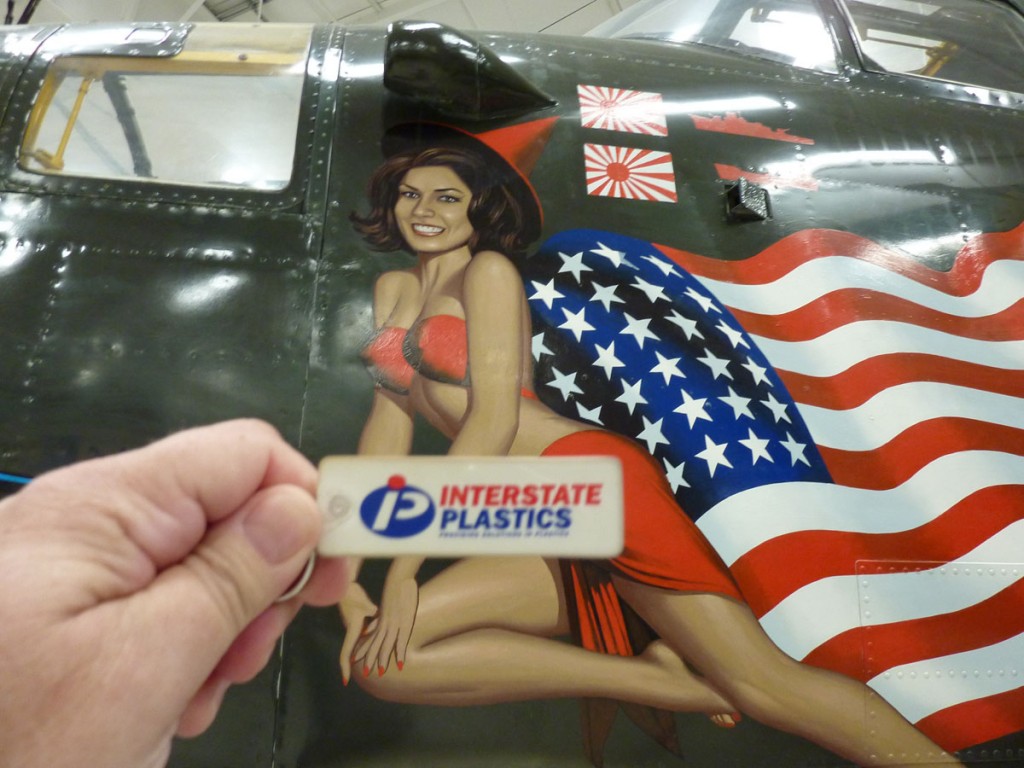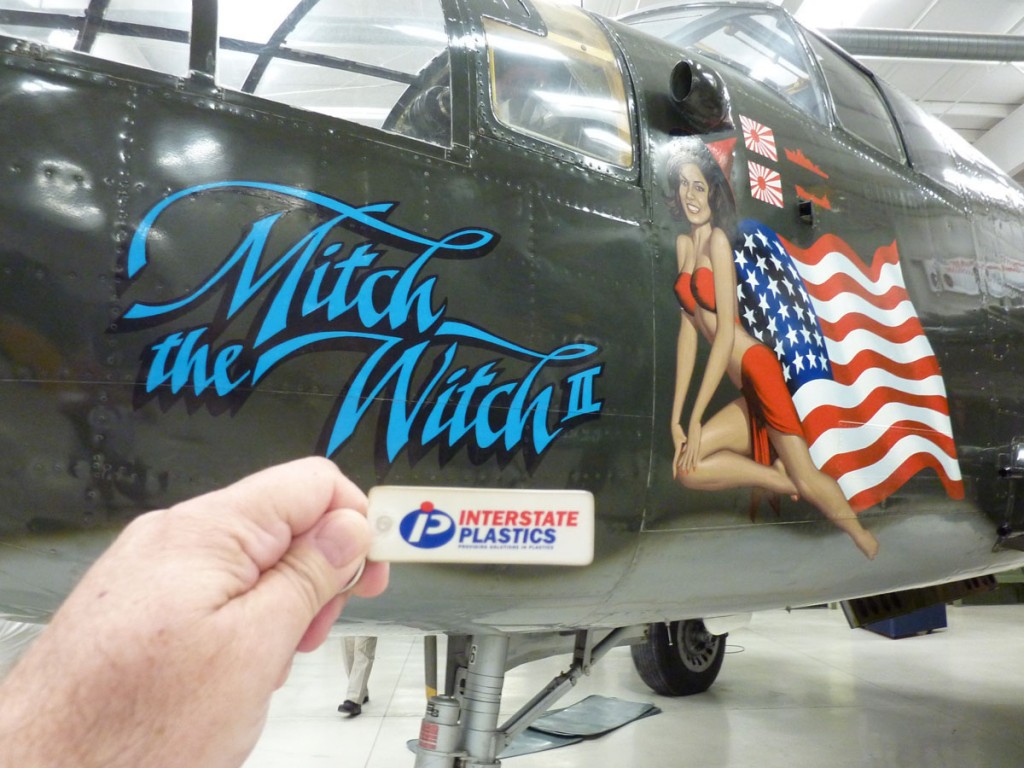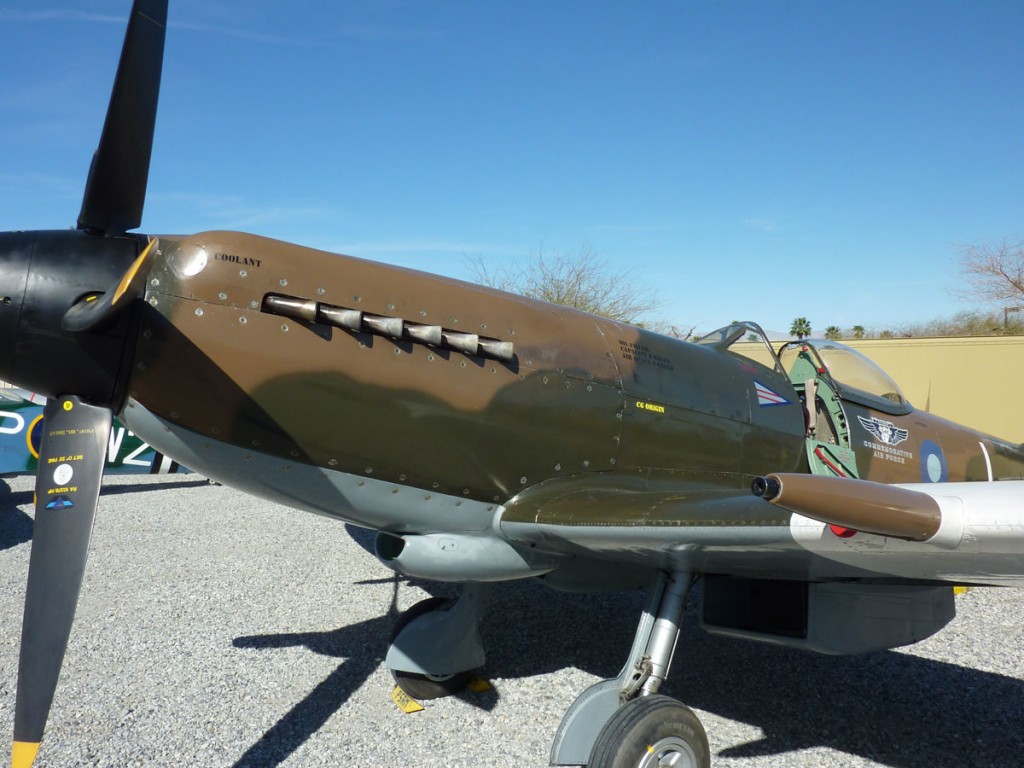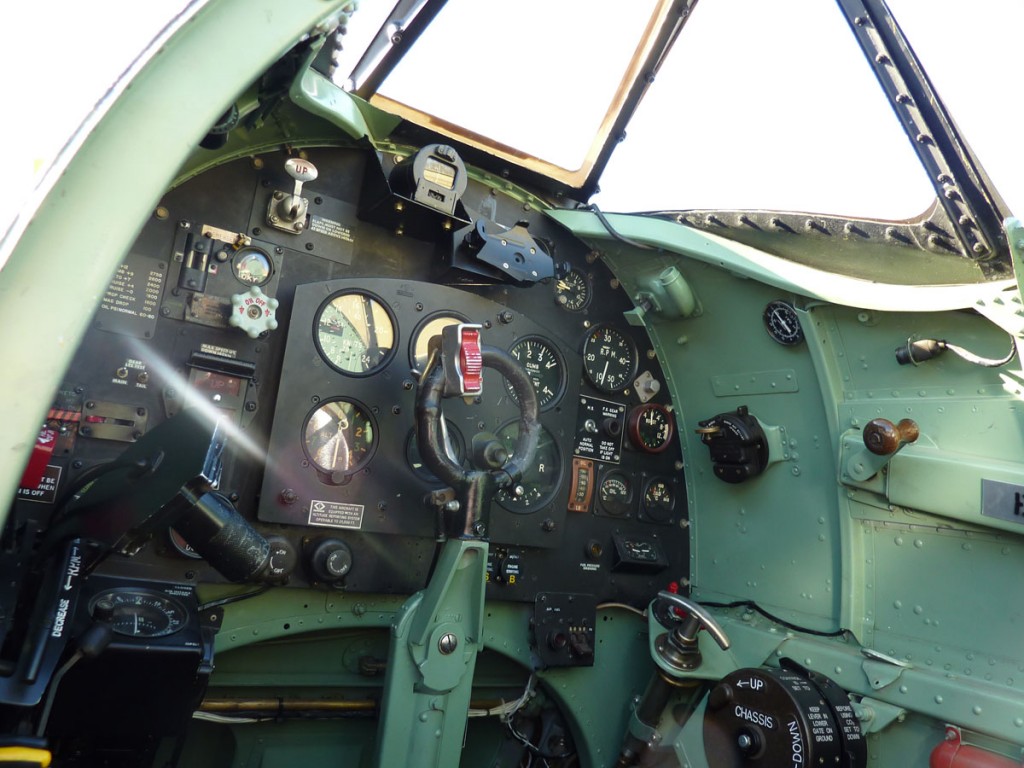The Palm Springs Air Museum is home to one of the world’s largest collections of flyable WWII aircraft; and unlike many other museums, their air-conditioned hangars have no ropes to keep you from interacting with our exhibits. In addition to the aircraft, exhibits and activities allow visitors of all ages to gain a fresh perspective of World War II — the unparalleled event that shaped the world we live in.
The B-29 Superfortress is a four-engine propeller-driven heavy bomber designed by Boeing that was flown primarily by the United States toward the end of World War II and during the Korean War. It was one of the largest aircraft to see service in World War II and a very advanced bomber for its time, with features such as a pressurized cabin, an electronic fire-control system, and remote-controlled machine-gun turrets. The name “Superfortress” was derived from that of its well-known predecessor, the B-17 Flying Fortress. Though the B-29 was designed as a high-altitude daytime bomber, it was used extensively in low-altitude night-time incendiary bombing missions. It was the primary aircraft used in the American firebombing campaign against the Empire of Japan in the final months of World War II and was used to carry out the atomic bombings that destroyed Hiroshima and Nagasaki.
